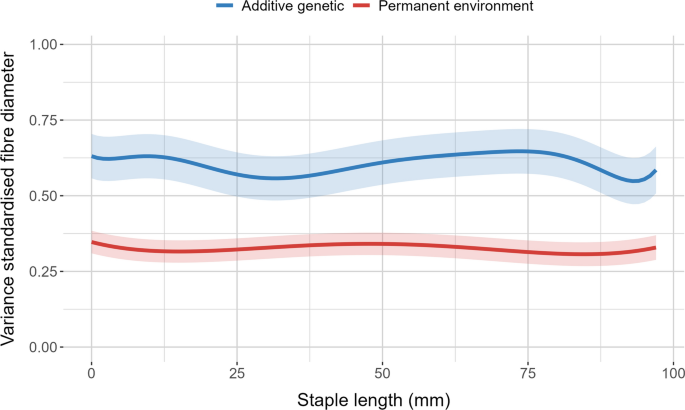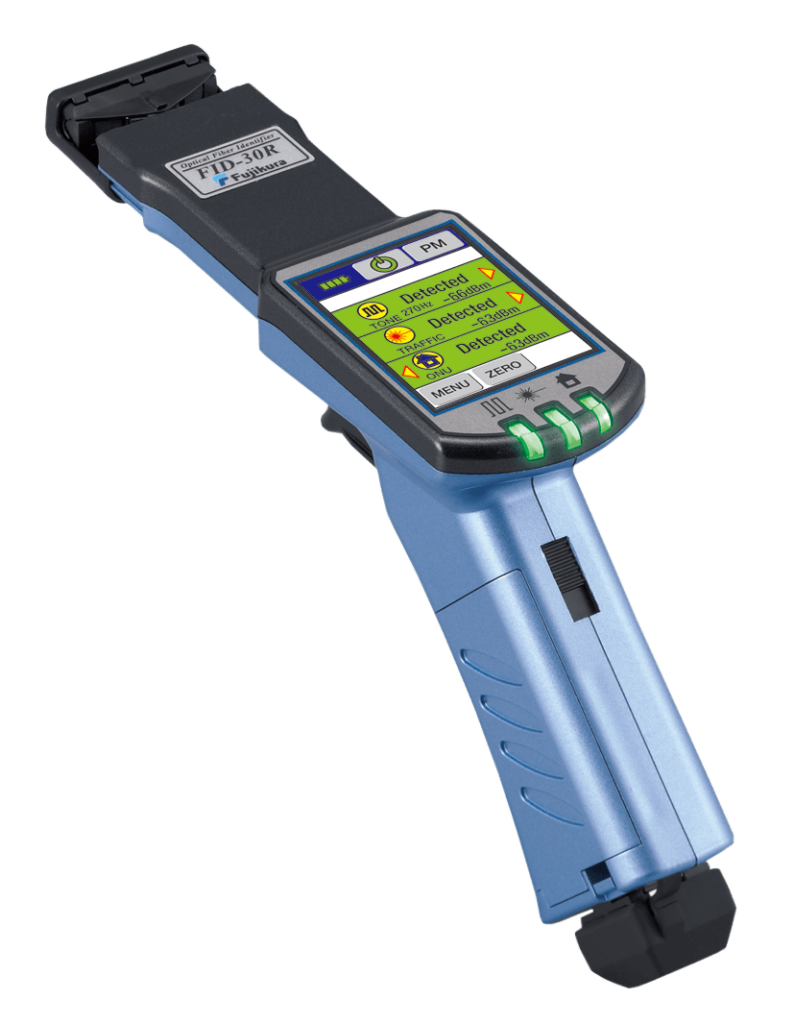Industry Standards Met by Optical Fibre Diameter Analyser Systems
Industry Standards Met by Optical Fibre Diameter Analyser Systems
Blog Article
Optimize Your Fiber Optic Efficiency: Comprehending Optical Fiber Diameter Analyser Modern Technology
The performance of fiber optic systems is seriously affected by the precision of their size, an aspect typically neglected in the quest of ideal signal honesty. Recognizing the technology behind optical fiber diameter analysers discloses the elaborate balance between dimension precision and production quality. These tools not just enhance conformity with industry standards but likewise give real-time insights that can preemptively deal with prospective issues. The implications of their use prolong beyond mere dimension; they can fundamentally alter the landscape of fiber optic efficiency. What factors should one consider to harness their full potential?
Value of Optical Fiber Size
The diameter of optical fibre plays a vital function in figuring out the efficiency and efficiency of communication systems. It influences numerous key parameters, including the setting of light breeding, attenuation, and data transfer capacity. Bigger sizes typically enable for several light settings, assisting in greater information transmission prices. Alternatively, smaller sizes tend to support less settings, which can boost signal clarity and decrease crosstalk.

Furthermore, recognizing the diameter's effects can bring about cost financial savings by reducing the demand for signal boosting and repeaters in comprehensive networks (optical fibre diameter analyser). Finally, the value of optical fibre size can not be overemphasized, as it directly impacts the total performance and dependability of modern communication systems

Just How Diameter Influences Signal Quality
Signal high quality in optical fiber systems hinges significantly on the diameter of the fibre. A smaller size can lead to higher attenuation rates, resulting in signal loss as light journeys through the fibre.
Alternatively, bigger diameters usually permit improved light capture and decreased modal dispersion, boosting signal clearness. In multimode fibers, a bigger core size can sustain multiple light settings, but it may likewise present intermodal dispersion, which can degrade signal quality. For that reason, selecting the optimal fibre size is crucial for accomplishing the wanted performance in details applications.
Moreover, the interaction in between the fiber size and the wavelength of the light made use of plays a vital function in figuring out the efficient transmission range and total signal stability. Recognizing how fibre diameter affects signal high quality is necessary for network designers and engineers making every effort to enhance optical fiber systems for trusted, high-speed information transmission.
Introduction of Size Analyser Innovation
In numerous optical fibre production procedures, precise measurement of fiber size is necessary for ensuring consistent efficiency and top quality (optical fibre diameter analyser). Size analysers are advanced instruments made to examine the physical dimensions of optical fibers with high precision. They employ innovative optical and laser innovations to gauge the size, ovality, and concentricity of the fiber, hence giving crucial information for quality assurance
These analysers can run in-line throughout the manufacturing process or as component of off-line screening protocols. In-line systems enable real-time monitoring, permitting producers to change parameters right away, thus maintaining ideal manufacturing conditions. Off-line analysers, on the various other hand, provide extensive examinations of sets, guaranteeing that any type of deviations from defined resistances are identified and resolved.
Size analysers dramatically add to the reduction of issues in optical fibers, enhancing general item dependability. By continually determining essential specifications, these technologies assist in conformity with industry criteria and check it out requirements. As the need for high-performance optical fibers continues to increase, the role of diameter analysers ends up being progressively important in achieving the wanted Related Site top quality and efficiency criteria in fibre optic systems.
Secret Functions of Fibre Diameter Analysers
Although different models of fiber size analysers exist, they generally share a number of essential features that enhance their capability and integrity. One of the most substantial functions is high-resolution measurement capacities, which make sure specific diameter analyses, crucial for keeping quality assurance in fibre manufacturing. Additionally, several analysers integrate innovative optical sensors developed to identify minute variations in fibre size, thus offering invaluable information for procedure optimization.
One more vital function is real-time monitoring, allowing drivers to receive immediate feedback on fiber diameter throughout the manufacturing process (optical fibre diameter analyser). This capacity helps with fast modifications and lowers the possibility of flaws. Lots of analysers also come outfitted with straightforward interfaces, allowing drivers to conveniently navigate with settings and information results
Moreover, robust information storage space and evaluation functionalities are vital for tracking historical performance trends and making sure conformity with industry standards. Some designs also offer connectivity alternatives for integration into existing manufacturing control systems, boosting general operational performance. Last but not least, portable and compact styles allow for flexible deployment within production environments, making sure that quality control procedures are smooth and reliable. These functions collectively add to the efficiency of fibre diameter analysers in optimizing fibre optic efficiency.
Best Practices for Fiber Optimization

First, regular calibration of optical fiber diameter analysers is important. This guarantees accurate measurements and reduces possible discrepancies that might impact performance. Next off, preserving a tidy working atmosphere is essential; dirt and impurities can bring about indicate deterioration.
In addition, it is crucial to pick fibers that meet specific application needs. This involves examining factors such as attenuation, bandwidth, and environmental problems. Proper installation methods ought to likewise be complied with, consisting of preventing sharp bends this page and extreme tension, which can jeopardize fibre stability.
Moreover, employing innovative surveillance systems can help with real-time performance evaluations, allowing prompt identification of concerns. Regular screening and upkeep must be conducted to guarantee that fibers stay within optimum functional specifications.
Finally, training personnel on the newest fiber optimization modern technologies and techniques will certainly improve their capability to apply reliable methods. By complying with these finest practices, organizations can substantially improve the efficiency and life expectancy of their optical fibre systems, guaranteeing reliable communication and data transfer.
Final Thought
In final thought, the integration of optical fibre size analyser technology is crucial for taking full advantage of fiber optic performance. By making certain specific dimensions of fibre measurements, these analysers considerably enhance signal high quality and decrease losses during information transmission. Routine calibration and maintenance of the analysers are crucial to maintain optimum performance and conformity with market standards. Ultimately, the application of this innovation assists in improved data transmission prices and enhances signal stability, adding to the total effectiveness of fibre optic systems.
Signal top quality in optical fiber systems hinges considerably on the diameter of the fiber.In lots of optical fiber production processes, accurate measurement of fibre diameter is essential for making certain constant performance and quality. As the demand for high-performance optical fibers proceeds to increase, the function of size analysers becomes increasingly crucial in achieving the desired top quality and efficiency requirements in fibre optic systems.
These attributes collectively contribute to the effectiveness of fibre size analysers in optimizing fiber optic performance.
In final thought, the combination of optical fibre size analyser technology is critical for optimizing fibre optic efficiency.
Report this page